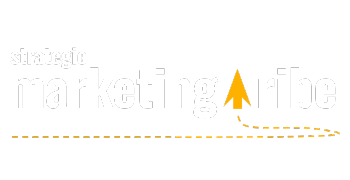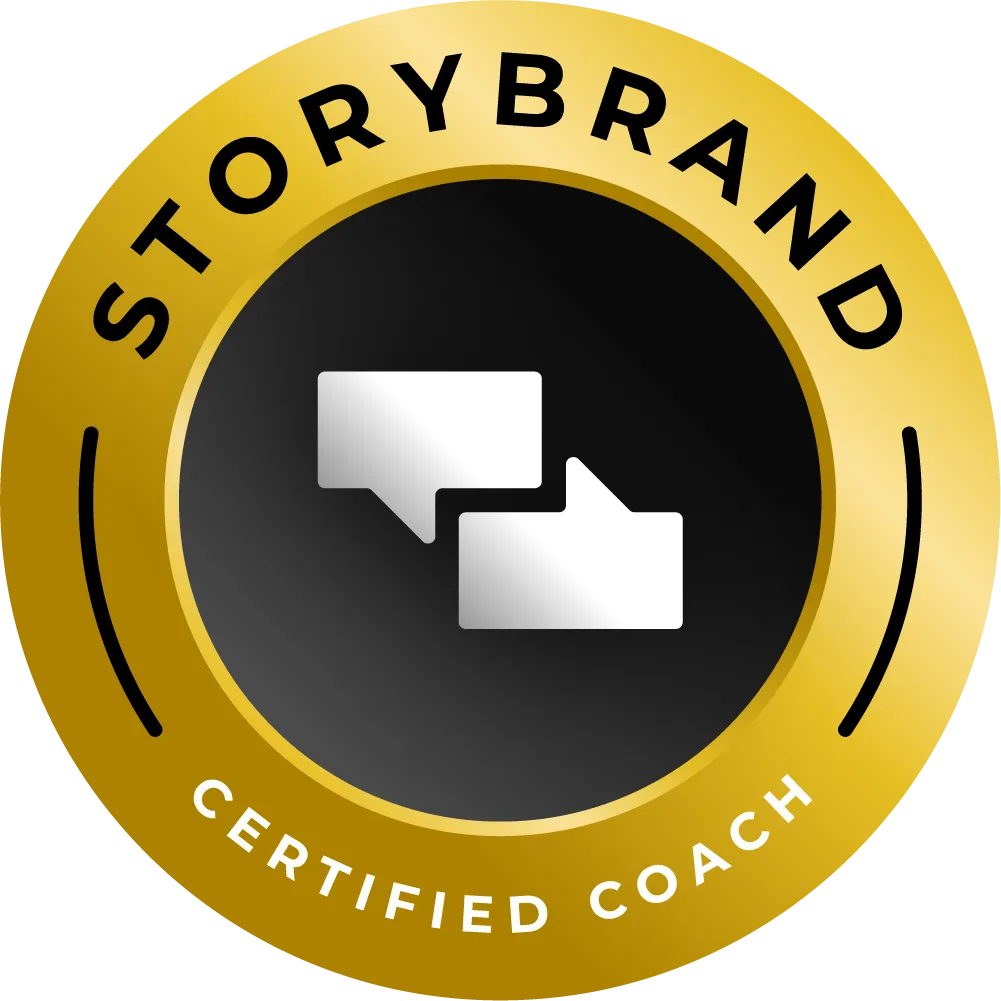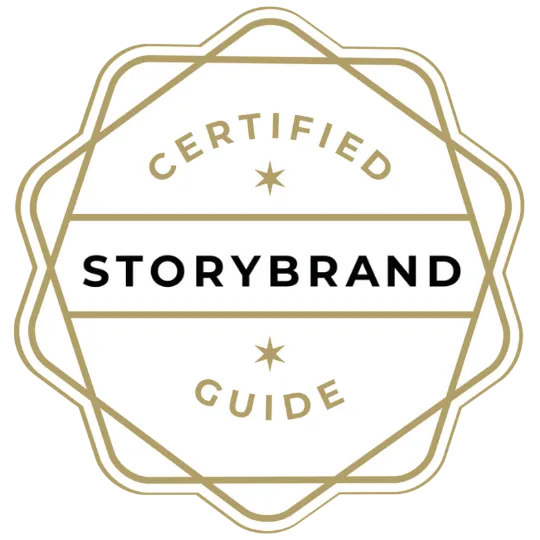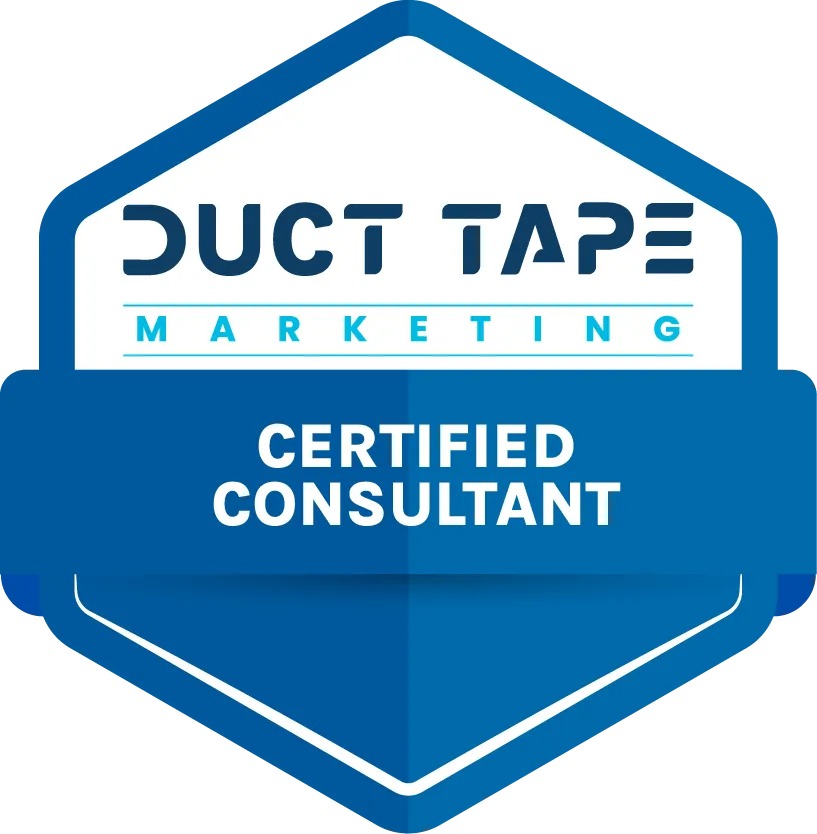STORY, MEET STRATEGY
Let’s make marketing feel less robotic and more real.
Find resources that bring your message – and your business – to life.
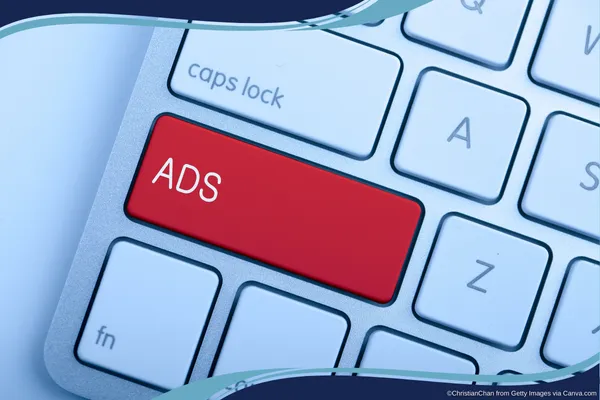
Google’s Ad Revenues Surge in 2025—Here’s What Small Businesses Should Really Take from It
By Vicky Sidler | Published 25 April 2025 at 09:00 GMT
There’s a moment every April when Google steps up to the mic like a sweaty TED Talker about to reveal “what the data shows.” The company’s Q1 2025 earnings report was no exception, except this time, they weren’t just making money—they were printing it.
According to Alphabet’s results, ad revenues grew by double digits year-over-year, with YouTube ad sales jumping 10% to a breezy $8.9 billion. Apparently, Gen Z is still watching people shout at video games, and marketers are still willing to pay for the privilege of being wedged between those videos.
But the real kicker? Google credited its good fortune not to luck, or even to us clicking “skip ad” a second too late but to artificial intelligence. Yes, AI. The thing we were told would replace marketers. Turns out, it’s making Google’s ads better (or so they say).
Google’s Big AI Move: Making Ads Work (Just a Bit) Smarter
According to Google execs, their ad growth was largely driven by AI enhancements. Translation: they used machine learning to help advertisers get more bang for their budget—whether that’s through automated bidding, smarter targeting, or tools that write headlines better than a caffeinated copywriter with a thesaurus.
This isn’t science fiction. It’s Google rolling out features that small business owners may already be using—like auto-generated Performance Max campaigns or responsive search ads that morph depending on the searcher’s query. Creepy? A little. Effective? Apparently, very.
It also helps that Google's search business stayed strong, even with the looming threat of AI search assistants that were supposed to eat Google’s lunch. So far, that lunch is still being served with dessert.
YouTube’s Comeback Tour (Now with More Ads)
The 10% year-on-year growth in YouTube ad revenue shows two things: one, people are definitely still watching; and two, advertisers still believe those eyeballs are worth chasing.
For small businesses, YouTube remains one of the only places where you can run a video ad for the cost of a mediocre sandwich. And with newer AI-powered tools for editing, subtitles, and audience targeting, it’s more accessible than ever. No need for a film crew—just a decent smartphone and an opinion.
This isn’t just about scaling; it’s about showing up where people are. If your customers are watching YouTube tutorials on how to stop killing houseplants, you could be the friendly face offering a 20% discount on pots.
What This Means for Small Businesses—An Analysis
Here’s what’s actually useful about this whole “Alphabet is rich again” update:
1. Google Ads still work.
If you’ve been unsure about running search ads or YouTube campaigns, this is a strong signal that the ecosystem is healthy. Businesses are spending, and—crucially—they’re seeing returns.
2. AI in ads isn’t optional anymore.
As a Duct Tape Marketing Consultant, I often help clients simplify and systemise their marketing. But the truth is, platforms like Google are already pushing AI automation whether you like it or not. That means small businesses need to be proactive—testing, measuring, and adjusting to these new tools rather than ignoring them.
3. Attention is shifting.
More people are watching video than reading blogs or opening email newsletters. This doesn’t mean you need to start dancing on TikTok, but it does mean thinking about how your message works in motion. A simple video ad can do more than a static image ever could, especially if you’re telling a story that customers relate to—something the StoryBrand framework is built for.
4. Your data matters.
Google’s success is partly built on its ability to measure what works. That should be your playbook too. Whether it’s through Google Ads, YouTube analytics, or just tracking conversions manually, you need to measure what matters and drop what doesn’t. As Allan Dibb’s Lean Marketing approach teaches: run small experiments, then scale the ones that work. Don’t go all in on a channel just because it’s trendy.
Where This Leaves Us
Google made a pile of money this quarter, and AI helped them do it. That’s good news for anyone who relies on digital ads to grow their business. But it’s also a reminder: the platforms are getting smarter, and so should we.
Your takeaway isn’t just “Google’s fine”—it’s that you now have access to the same AI-powered tools they do. You don’t need a marketing team the size of a sports club. You need clarity, consistency, and the willingness to test a few buttons.
And maybe—just maybe—a decent video intro
READY TO MAKE YOUR MESSAGE MATTER?
Enough with the bland, forgettable, soulless AI Content – we design StoryBrand marketing that feels human and actually connects.
Cleared with clarity (and coffee)
